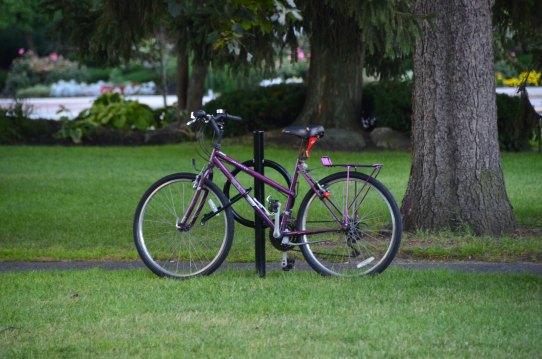
In 2007, Boston’s mayor, Thomas Menino, established a program called Boston Bikes. It’s purpose was to make Boston into a world class bicycling city. The winner of the 2000 US Olympic road-race cycling trials, Nicole Freedman runs the program. As such, she oversees the bicycle trail network , which is the core of a plan to make cycling an essential part of transportation. In this scenario, cycling would account for 30 to 50 percent of all trips in Boston by 2043.
If that became a reality, Boston’s bike usership will be in line with Europe’s. Many cities are aiming for a similar goal because increasing bike usership can reduce congestion and pollution. This would go a long way in making cities more habitable. They would also be better places to visit since lowering congestion lowers stress and increases one’s enjoyment of the surroundings.
Freedman’s goal for the program is to create 171 of 364 miles of lanes which would either be off the road or protected from traffic by a barrier. Many cyclists prefer to be separated from cars because interacting with them can create dangerous situations. And they don’t want to take the risk of getting injured or killed.
Adding more separated lanes would encourage cycling because people who are too afraid to ride in traffic might choose cycling over other forms of transportation if the risks of injury were lower. The proposed bike lanes would connect Boston, Cambridge, Somerville, and Everett and would run down to Dedham and Milton.
Much work must be done to make this a reality. With each new road construction or reconstruction project, new lanes must be included. Education must be a part of this process.
Ideas about transportation must change. Merchants and drivers must consider that removing parking to install bike lanes doesn’t automatically translate into lost business or an inadequate amount of parking for drivers. In fact, by keeping people out of cars, fewer parking spaces will be needed in popular destinations.
Non-cyclists, especially those who are anti-bicycle, may balk at the price tag for such an undertaking. Projects of this type can run into the tens or even hundreds of millions of dollars.
Boston’s lofty goal sometimes seems in attainable. Too many residents see bicycles as a nuisance. They don’t want to give up any land to them.
While protected bike lanes will encourage cycling, they will also take away prime real estate from non-cyclists. And as the project goes along, objections may arise from those outside of the cycling community.
Resistance won’t be unexpected. But it will have to be curbed.
Progress can’t be allowed to halt under the weight of objectors. Cyclists must be firm and convincing. And they must stand their ground.
Gradually, Boston and the surrounding areas will be transformed into bicycle friendly enclaves where cyclists of all abilities can ride without distractions and fear of getting into a confrontation with drivers.
I don’t envy Nicole Freedman for the task ahead of her. Now that the project is in its infancy there is probably not much backlash. But there will inevitably be some. And she should be prepared to come under fire and intense scrutiny, just as all of us using the bike lanes will be, just to a greater degree.



